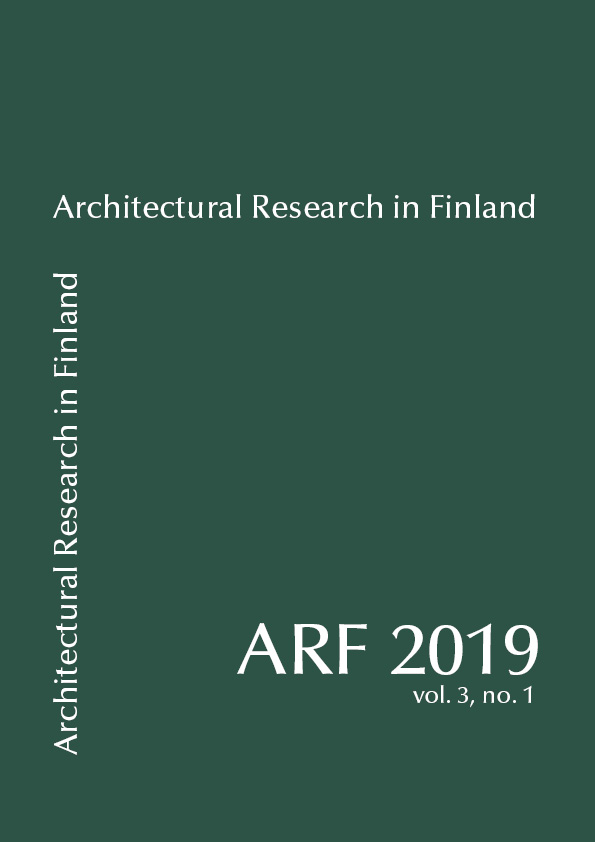National Urban Park
A Model for a Sustainable City or a Legislative Cage for Development
DOI:
https://doi.org/10.37457/arf.121668Avainsanat:
national urban park, urban planning, conflict, Tampere, HelsinkiAbstrakti
This paper addresses the concept of the national urban park (NUP) (kansallinen kaupunkipuisto) as a planning tool for rapidly growing cities. The focus is on the establishment process of a NUP in Tampere and Helsinki, where it has generated strong views both in favour and against. The study reveals these conflicting arguments and examines the related objectives, values and stakeholders. The empirical basis of the study is a qualitative content analysis on the NUP planning and decision-making documents.
The paper demonstrates that the NUP can be seen either as a model for sustainable urban planning or as a legislative cage for development. On the one hand the NUP is regarded as restricting development, emphasizing static preservation, bringing no real added value, transferring municipal decision-making to the Ministry and engaging primarily environmental and heritage stakeholders. On the other hand, it is considered to be a long-term tool of urban planning, safeguarding values, contributing to tourism and engaging a broad range of actors. The research shows that the NUP process reveals the current tensions between continuity and change, and nature and city, in rapidly growing cities. The paper also emphasizes the importance of understanding the divergent views of different actors in the search for a shared vision of the future of the city.




